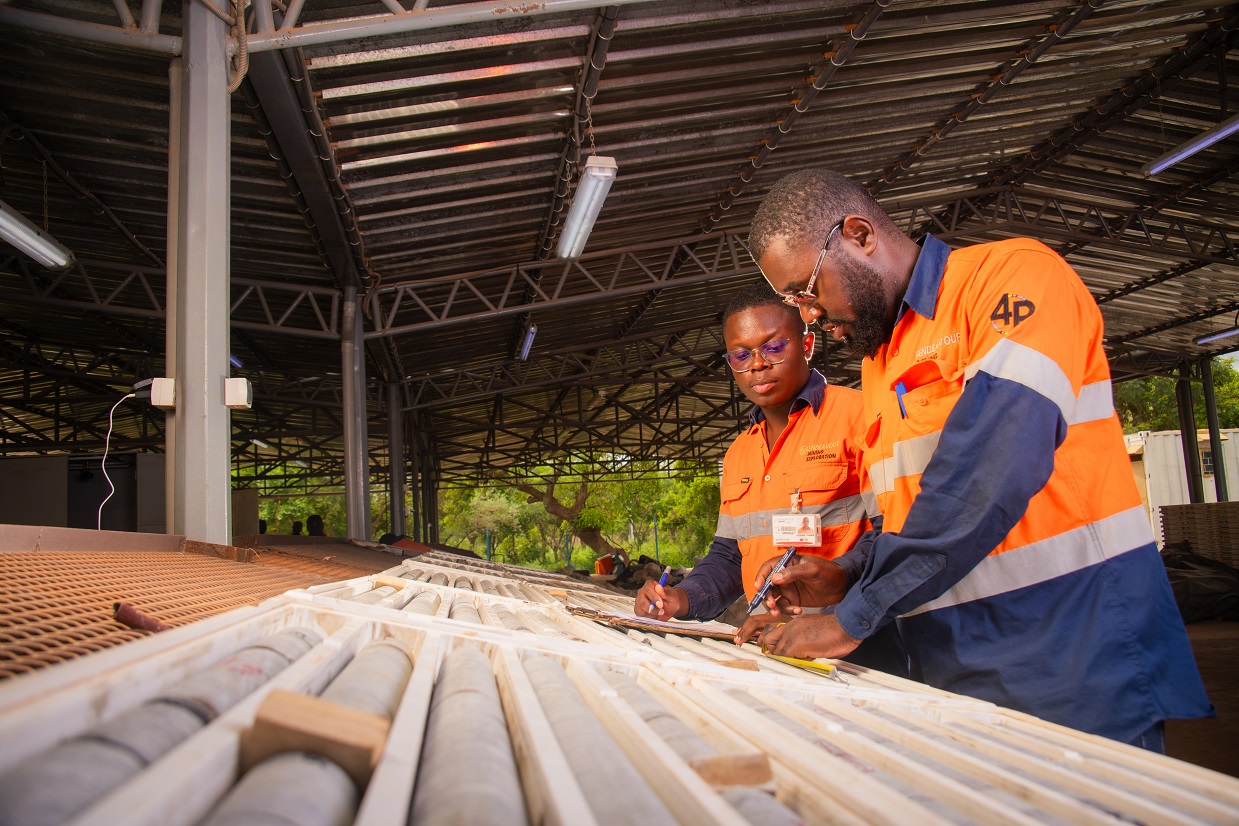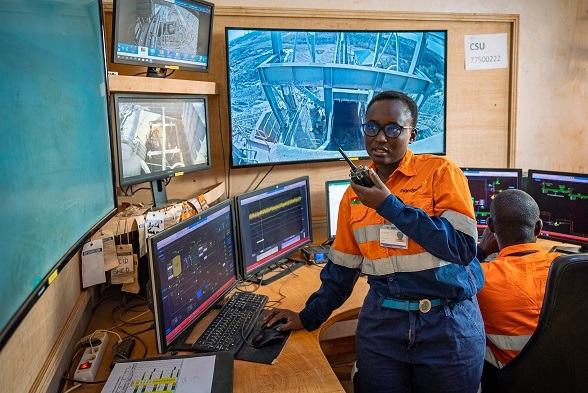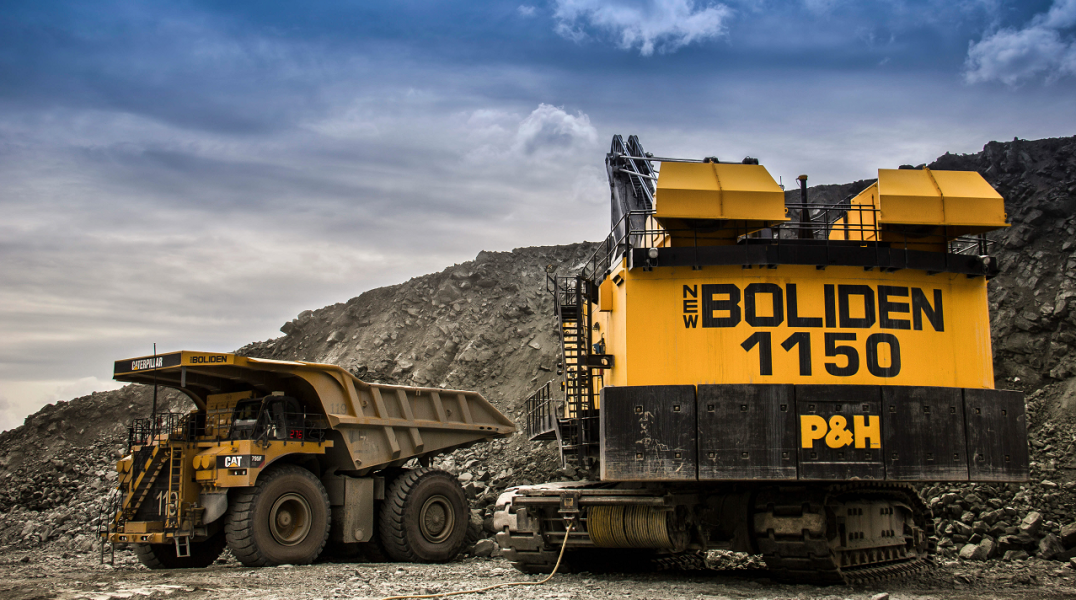
When we last spoke to President and CEO of DNI Metals Shahe Sabag towards the end of 2011 his company had just achieved a significant milestone in its history, identifying the first mineral resource from one of its six mineral systems located within the 2,720 square kilometre property the company holds in the Birch Mountains, north of Fort McMurray adjacent to the oilsands deposits of northern Alberta, Canada.
“In the months and years following the discovery of the Buckton Zone, we set out to expand the mineral resource several times over with the intention of building enough critical mass to carry out a Preliminary Economic Assessment (PEA),” Sabag explains. “The result of these activities is that the Buckton resource has grown to around a five billion tonne critical mass, with part of it upgraded from the Inferred to the Indicted resource category.”
It was during these expansion activities that the company went on to discover and carve out a second mineral resource, Buckton South, a zone located seven kilometres south of Buckton. DNI expects one day to link up the two zones. The Buckton South 'maiden' resource is a half-a-billion tonne starter and the perfect example to industry watchers that there are other zones on the property that can be successfully drilled and measured to carve out additional mineral resources.
The PEA study for the Buckton Deposit was launched in mid-2013, the results of which were released in December, with the technical report following on 17 January, 2014. The PEA itself demonstrates that the Buckton Deposit has the potential to be a significant long term supplier of uranium and rare earth elements, in addition to nickel, cobalt, copper and zinc. It also indicates that the envisioned Buckton operation possesses a net present pre-tax value of $1.6 billion at a six percent discount rate, with an 8.7 percent internal rate of return. The mining operation has the ability to generate an average of $349 million in pre-tax net cash flow annually over its 64 year mine life, representing aggregate life of mine revenues of $75 billion. The PEA identified several key opportunities to significantly enhance economics and DNI is confident that several can be implemented with minimal additional work or expenditures.
“With completion of the Buckton Deposit PEA we have concluded what we set out to achieve in 2008, and that was to take at least one of the six zones we hold and demonstrate that it does contain a mineable mineral resource,” Sabag continues. “This places us at a crossroad as it were, at which we must now decide in what direction we move forward from here.”
Situated within an active mining area, where other players are mining oilsands as opposed to metals, and with access to considerable existing infrastructure, the location of the Buckton Deposit could hardly be more ideal. Whereas from a logistical, technical and scientific point of view the Buckton project has been relatively smooth sailing, the principle challenge that DNI Metals has found itself facing involves bridging the knowledge gap regarding just what type of mineral deposit it has on its hands.
“The first challenge we faced is that what we have here is a metals property in Alberta, a part of the world known for oil and gas. That means that the first hurdle to clear involves informing people that yes there are indeed metals present in Alberta,” Sabag says. “The next hurdle revolves around introducing people to the novel leaching techniques that we are using; things like bio-leaching and bio-heap leaching. Once that is cleared, it is then a case of explaining the unique qualities possessed by polymetallic deposits, and the fact that there have been countless example over the last 200 years of mining history in North America of deposits delivering multiple metals whose value is locked up in the aggregate value of the multiple metals contained. So, bridging the knowledge gap through constant communication has certainly been our biggest challenge to date.”
The 2,720 square kilometres of area held by DNI not only contains the aforementioned Buckton and Buckton South zones, but also four other assets dubbed Asphalt, McIvor West, North Lily and Eaglenest. Each of these contains a zone with the potential to deliver the kind of black shale polymetallic deposit found at Buckton if explored and developed accordingly.
“Buckton and South Buckton are undoubtedly our highest priority assets at present, as can be seen in the way we have taken the former and moved it ahead as fast as possible toward a PEA,” Sabag states. “While it is fair to say that with similar levels of attention the other properties have the potential to become Buckton sized assets in their own right, we have no immediate intentions to rush into development of these, rather our approach right now is for the Buckton Deposit to be a template for what can be achieved elsewhere on the property.”
Since the PEA study of Buckton was released in December, DNI Metals has received considerable positive feedback from both its shareholders and from various financial analysts. Now, with another milestone achieved, thoughts turn to the short and long terms futures of the company and its assets.
“DNI Metals is an exploration and development company, not a mining company,” Sabag highlights. “As such we have no aspirations to becoming a producer, and our strategy from day one has been to develop one of our six zones to the PEA study stage before ultimately either vending it out or advancing it further in collaboration with a third party. So our immediate game plan involves following up on various discussions we have had in the past with potential interested third parties with the aim of enlisting their collaboration. Once this is in motion we can turn our attentions toward what we hope will be the next successful project at the property.”
Written by Will Daynes, research by Peter Rowlston
DOWNLOAD
 DNI-Americas-Mining-Feb14-Bro-s.pdf
DNI-Americas-Mining-Feb14-Bro-s.pdf













